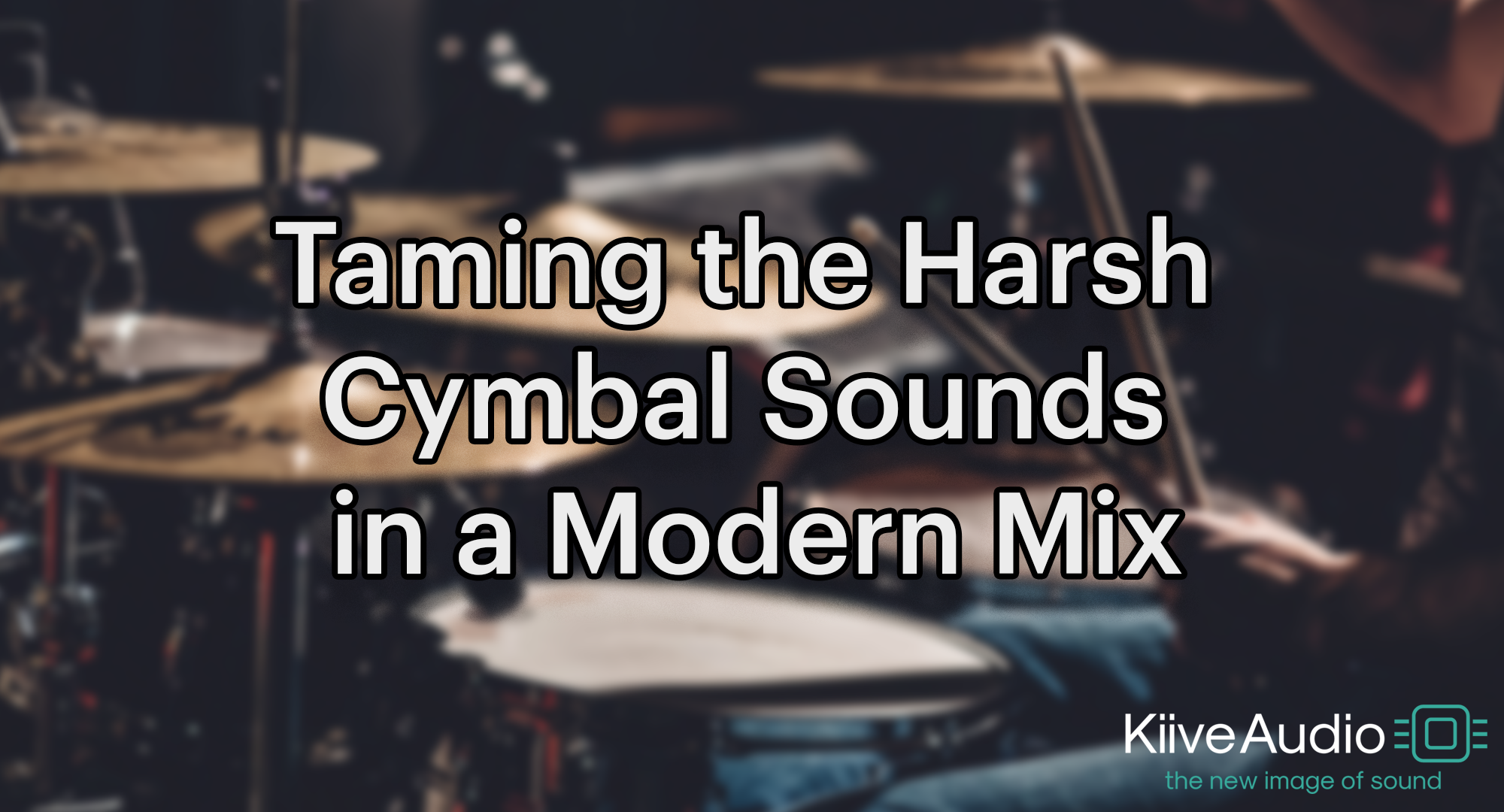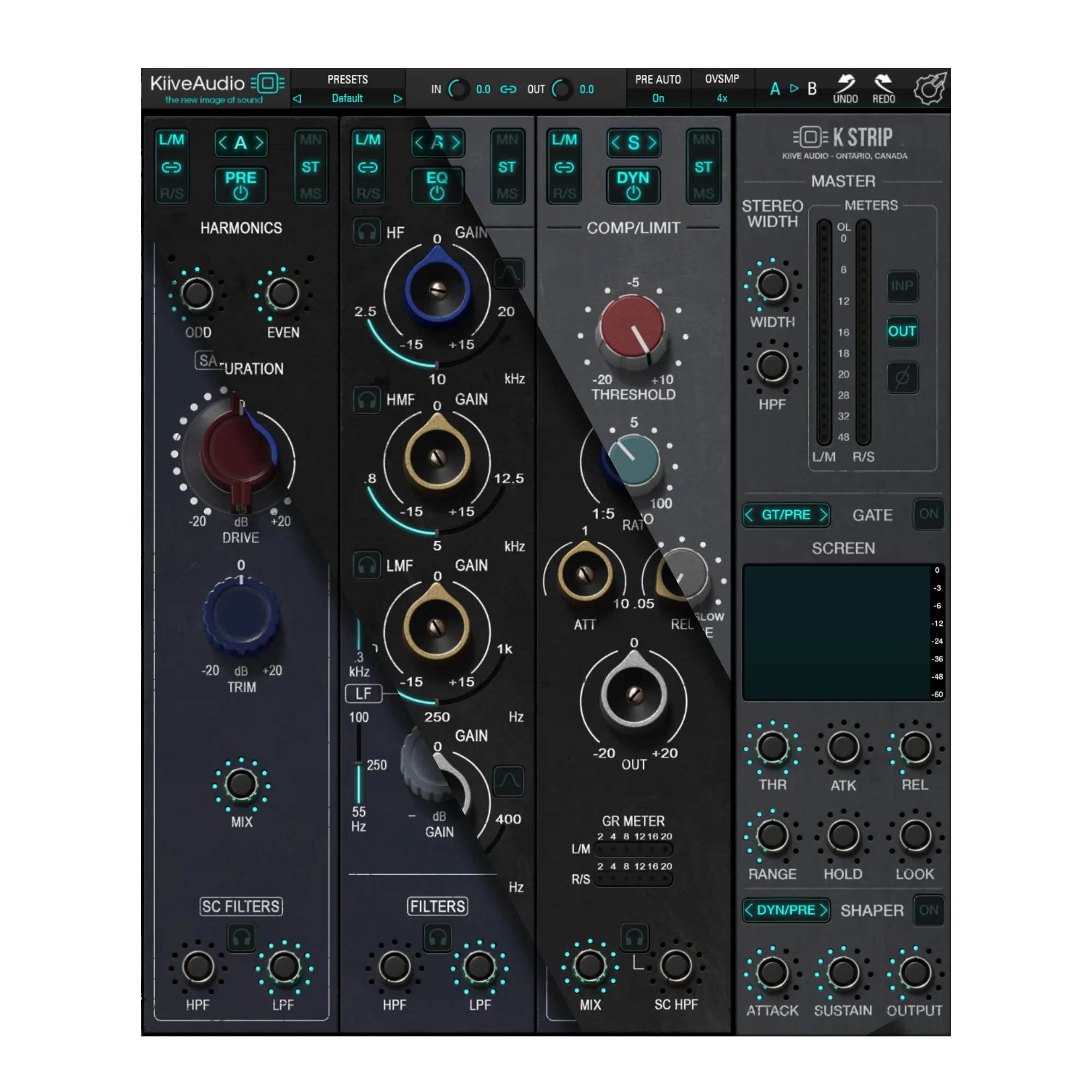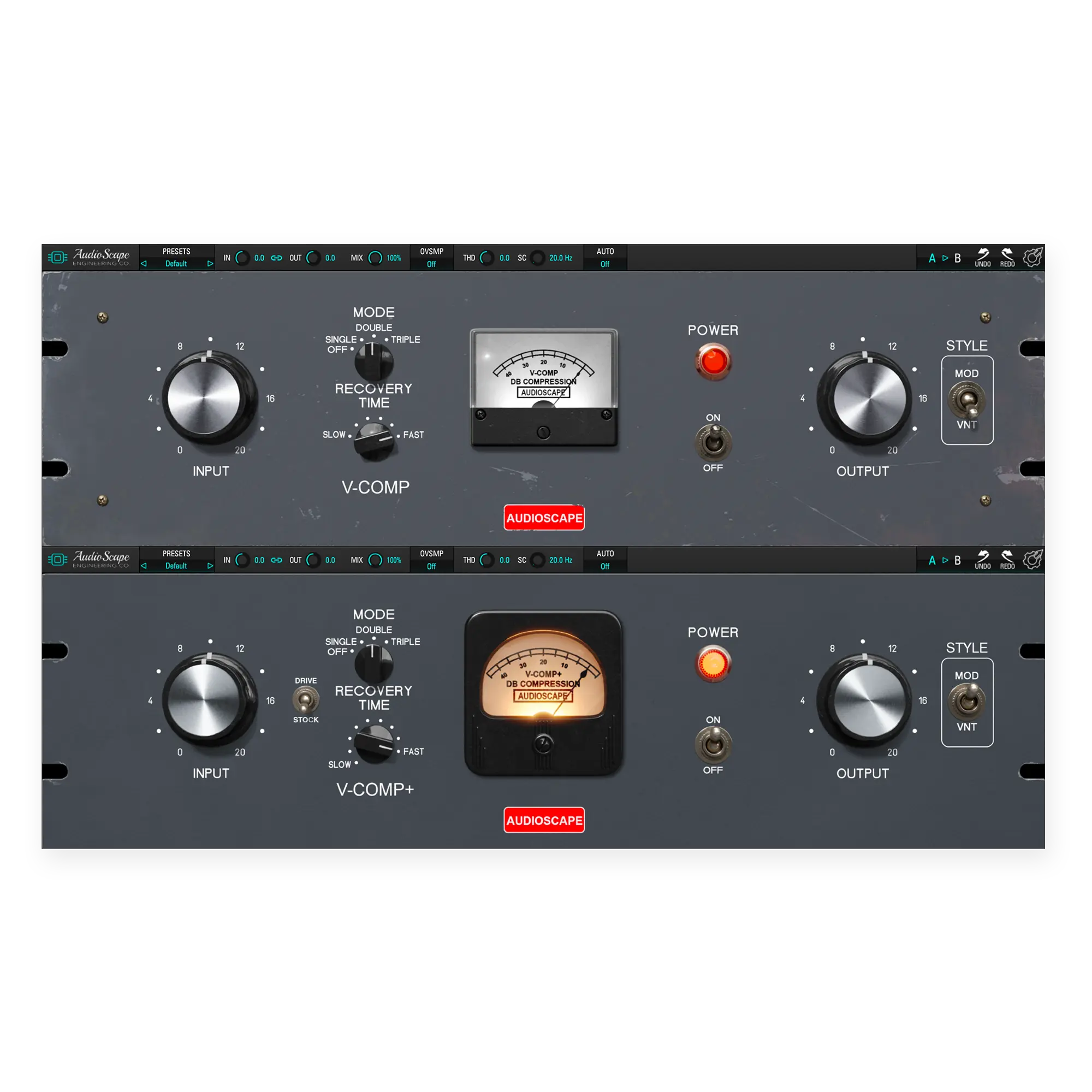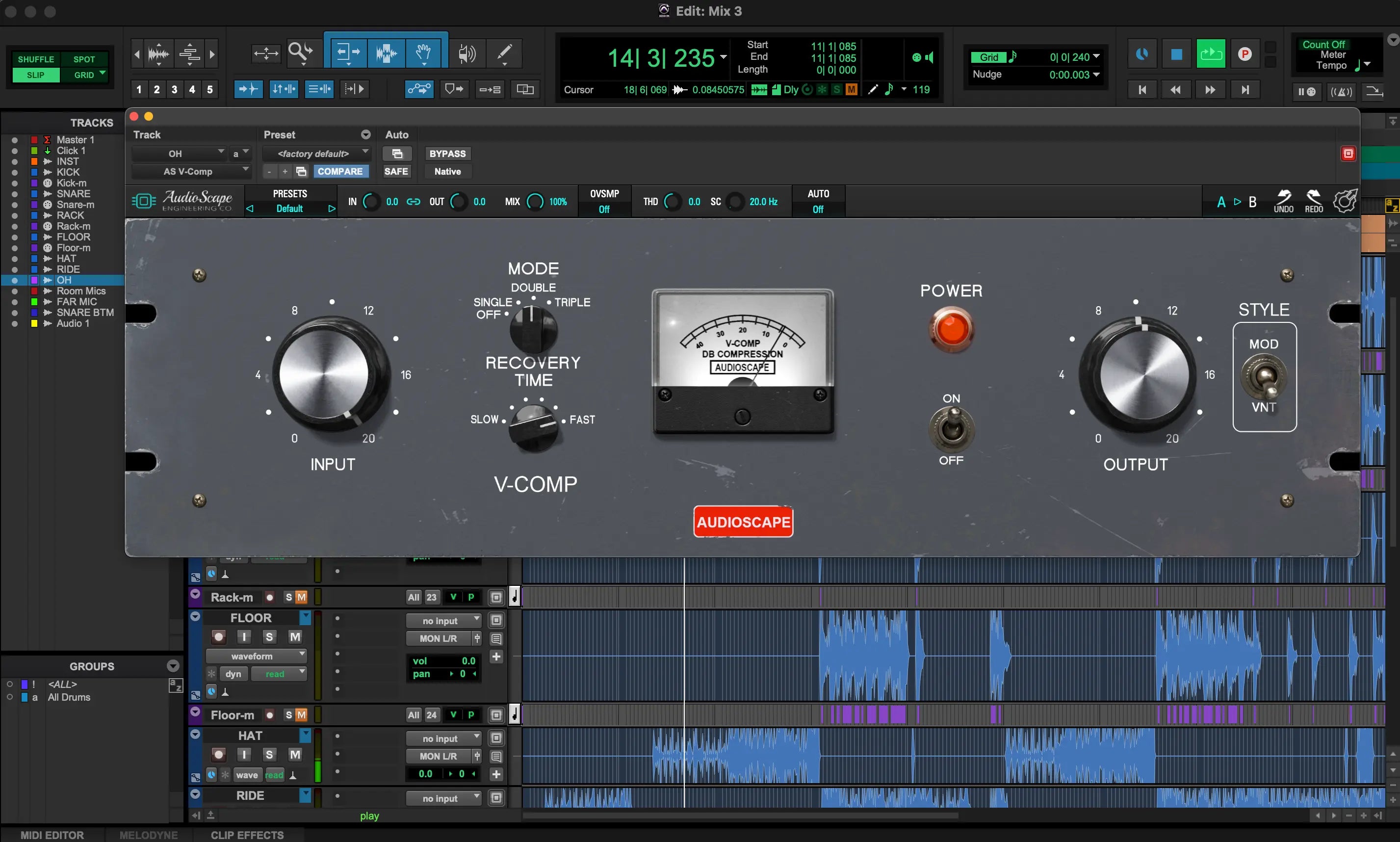In the realm of music production, the power of distortion is often harnessed to infuse tracks with a unique character and vibe. While distortion is commonly associated with electric guitars and rock music, it can be creatively applied to a variety of audio sources to enhance a mix. At Kiive Audio, we develop professional audio plugins that can help you explore these creative possibilities with ease and precision.
Understanding Creative Distortion
Distortion isn't just about making things louder or harsher; it's a powerful tool for adding texture and depth to your tracks. When used correctly, distortion can transform a flat-sounding mix into a dynamic and compelling one.
1. Distorting Overheads to Reduce Harshness
In recording, overheads typically refer to the microphones placed above drum kits to capture cymbals and the overall drum sound. These tracks can often be harsh and brittle when untreated.
Techniques for Distorting Overheads
Using Kiive plugins, you can subtly apply distortion to overheads to tame the harshness of cymbals without losing their essence. Here’s how:
Step 1: Insert a saturation plugin, such as Distinct Pro!, on your overhead bus.
Step 2: Adjust the drive to add a gentle amount of harmonic distortion.
Step 3: Use the mix knob to blend the processed signal with the original, achieving a perfect balance.

2. Saturating Vocals
Saturation can warm up a vocal track, making it sound fuller and more present in the mix. It's particularly useful in making vocals stand out without increasing volume excessively.
Step 1: Apply a saturation plugin to your vocal track.
Step 2: Select a moderate drive setting to introduce warmth.
Step 3: Experiment with different saturation styles to find the perfect character for your track. Sometimes a tape setting may work better than a tube setting (or vice versa).

3. Distorting the Bass
The bass holds down the foundation of most tracks, providing rhythm and harmony. When distorted correctly, it can add grit and substance, making the groove more pronounced.
Step 1: Add any distortion plugin to your bass track.
Step 2: Increase the saturation to add harmonic content and enhance the texture.
Step 3: Adjust the output to ensure the bass sits well in your mix without overpowering other elements.

Best Practices in Creative Distortion
When applying distortion, it’s crucial to maintain control to avoid muddying your mix:
- Listen carefully to the changes as you adjust settings.
- Start subtle, then increase the effect as needed.
- Use automation to apply distortion effects at different parts of your track dynamically.
Conclusion
Creative distortion is a versatile tool in music production, capable of transforming individual tracks and entire mixes. The examples discussed are just the starting point for what you can achieve with our plugins.
Ready to explore the creative possibilities of distortion?
Visit Kiive Audio's Plugin Collection to find the perfect tools for your next project. Experiment with different settings and let your creativity flow!










Leave a comment
All comments are moderated before being published.
This site is protected by hCaptcha and the hCaptcha Privacy Policy and Terms of Service apply.